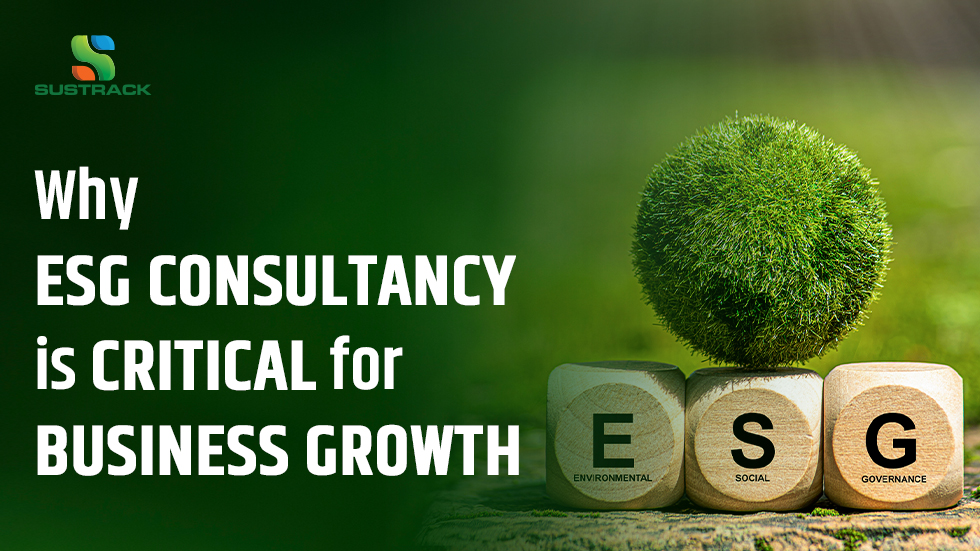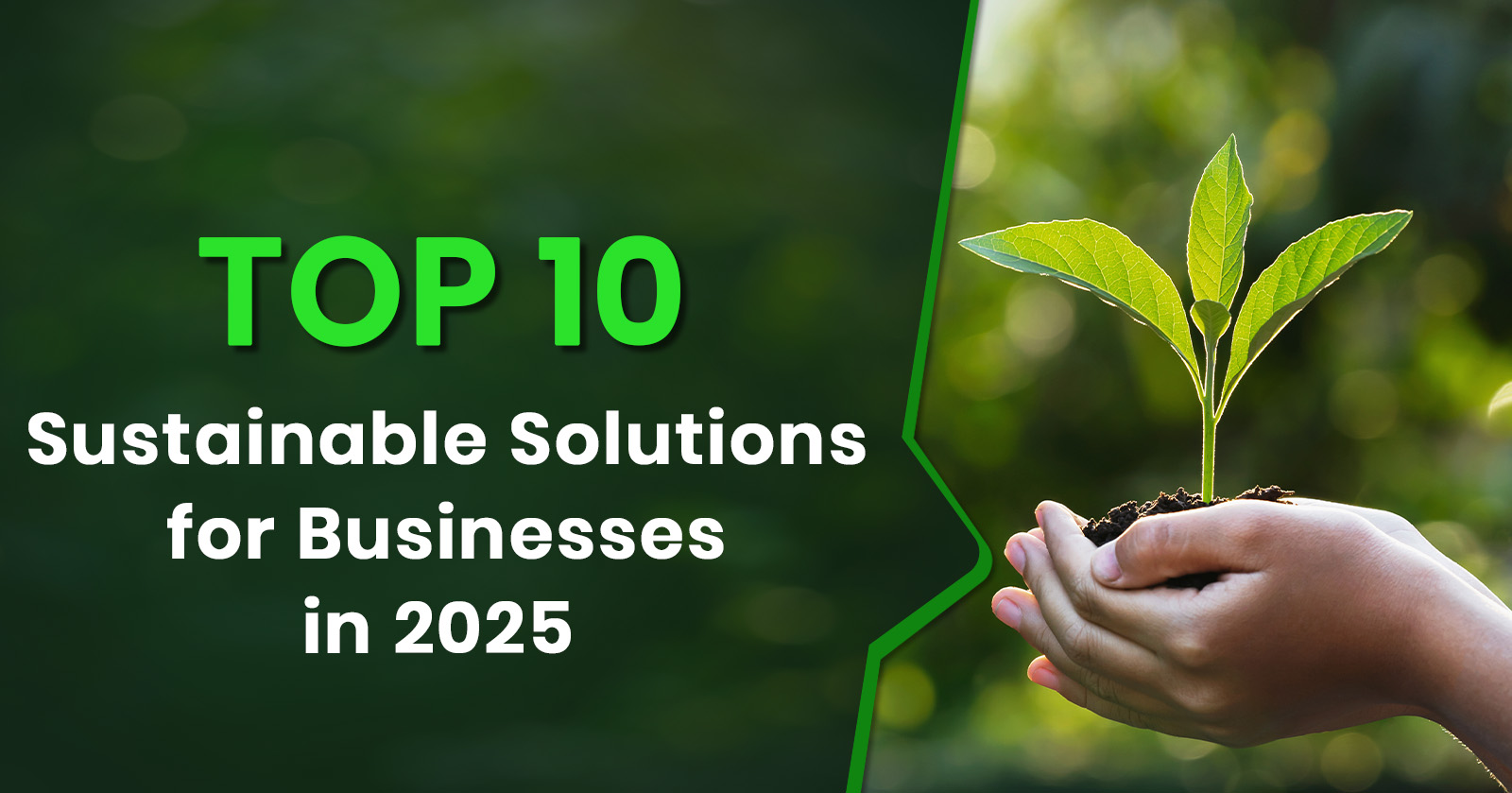Greenwashing vs Real Sustainability: How to Tell the Difference

Nowadays, many companies talk about sustainability, ESG, and corporate responsibility. But sometimes, it’s difficult to understand what’s real and what’s just smart marketing.
Greenwashing occurs when companies make false sustainability claims about being environmentally friendly or socially responsible. They try to look environmentally friendly without actually making real changes or taking any actions. This can mislead people, break trust, and slow down real progress.
That’s why ESG transparency is so important. If a company truly cares about the environment and society, it should show clear, honest, and verified results, not just big promises.
Sustrack helps businesses stay real and credible. We guide companies to improve their ESG performance, avoid greenwashing, and share accurate, trustworthy information with their customers, investors, and communities.
In this guide, we will explain what greenwashing is and why it’s harmful, how to find the difference between real ESG efforts and fake marketing, why ESG transparency is important, and how ESG experts help protect your credibility.
What Is Greenwashing?
Greenwashing means that companies give a wrong impression that they are more environmentally friendly, but they really are not.
They may claim their products or services help the planet, but in reality, they spend more time and money on marketing those claims than actually making a positive impact.
Sometimes, greenwashing is done intentionally to attract customers who care about the environment. Sometimes, it can happen by mistake when companies do not fully understand the environmental impact of their work, but still make false claims that they can’t prove.
For people who care about real sustainability, finding greenwashing is important. It helps avoid misleading products and supports businesses that are genuinely working to reduce harm to the environment.
Why Greenwashing Is Harmful?
Greenwashing is harmful to both consumers and the environment. It tricks people who want to buy eco-friendly products, and it also slows down real efforts to protect our planet. Greenwashing breaks trust and slows progress, while corporate responsibility builds a better future and achieves organisational goals in an eco-friendly way.
For Consumers:
Greenwashing is unfair because it misleads people who want to support green companies. Sometimes, these fake green products cost more, so people end up paying extra for something that isn’t really better for the environment.
For the Environment:
Greenwashing makes it harder to fix big problems like climate change, plastic pollution, and loss of wildlife. When people buy greenwashed products by mistake, they might actually be harming the environment. Also, honest companies that really care about the planet can lose customers because of these false claims.
Types of Greenwashing
There are many types of Greenwashing that show companies as more environmentally friendly than they really are.
Greenlighting: Distracting from Environmental Negative Impact
Greenlighting happens when a company focuses on small, eco-friendly efforts to distract from harmful activities. For example, a company might promote a recyclable product line while still causing major environmental impact in other parts of its business.
Example: A fast fashion brand may highlight a small eco-friendly collection but ignore the environmental impact of its other products, like water overuse and harmful chemicals.
Greenhushing: Hiding Sustainability Efforts
Some companies practice greenhushing, which means they keep quiet about their environmental efforts to avoid unwanted attention. They may worry about their efforts, and they might fear that publicizing small improvements could highlight gaps in their sustainability efforts.
Example: A tech company may improve energy efficiency in its data centers but stay silent, fearing it could raise questions about other unsustainable practices in the supply chain.
Greenrinsing: Moving Sustainability Targets
Greenrinsing is when companies keep changing their environmental or ESG goals to avoid accountability. It looks like they are working on sustainability, but they don’t actually reach their targets.
Example: A company says it will reach net-zero carbon emissions but keeps delaying the deadline, so the reductions never happen.
Greenshifting: Shifting Responsibility to Consumers
Some companies practice greenshifting, which means they blame consumers instead of taking responsibility for their own environmental impact. They ask people to make eco-friendly choices while the company continues harmful practices.
Example: A company may promote recycling campaigns while their products are still non-recyclable, avoiding accountability for plastic waste.
Greencrowding: Covering Group Efforts
Greencrowding is when companies join industry or group sustainability initiatives to hide their own harmful practices. They avoid responsibility for their own environmental impact.
Example: A company may join a global sustainability group but not make changes inside the business, relying on the group’s efforts to cover up its internal practices.
Greenlabelling: Misleading Green Labels
Greenlabelling is when companies use misleading eco labels to make their products look sustainable. They might use terms like “eco-friendly” or “green” without real evidence, tricking people into thinking the product is good for the environment.
Example: A beauty product may be labeled “100% natural” but still include chemicals that harm the environment.
Signs of Real ESG Commitment vs Misleading Marketing
Today, many companies talk about being sustainable and socially responsible. But how do you know who’s truly committed to ESG and who is just using smart marketing? It’s important to know the difference between real ESG commitment and misleading marketing.
Below are some simple signs to help you understand the difference between companies that are serious about ESG and those using misleading marketing:
Signs of Real ESG Commitment
Clear Governance: The company’s top leaders and board members are involved in ESG goals. The company’s main aim is to reduce its carbon footprint and support a clean environment.
ESG Transparency Report: The company shares detailed information about its environmental impact, social work, and governance practices.
Third Party Verification: Trusted organisations review the company’s ESG data to make sure it’s accurate and follows global standards like GRI, SASB, or TCFD.
Real Targets and Updates
The company sets clear & achievable ESG targets and regularly shares updates on its progress.
Signs of Misleading Marketing
-
Undefined Sustainability Claims: The company makes eco-friendly promises but does not provide clear details on its ESG areas.
-
Lack of Transparency in ESG Report: The company doesn’t share enough details about its ESG work.
-
Showing Only the Good Side: They talk about only small positive efforts but hide the bigger negative environmental impacts.
-
Misleading Pictures and Labels: The company uses green colors, logos, or symbols to make products look eco-friendly, even if they are not.
Importance of Transparent ESG Reporting
Making transparent ESG reporting is important, as it builds trust among customers & investors.
-
Better Decision-Making: ESG reporting gives you clear information about your company’s environmental impact, social efforts, and governance practices. By understanding ESG strategies, you can make smart choices that build your business image and help the planet.
For example, if your report shows high water usage, you can take steps to save water, lower costs, and protect resources.
-
Attracting Investors: Many investors today want to support companies that care about sustainability. By sharing your ESG report, you show that your company is ready to grow responsibly, adapt to change, and support the environment.
-
Building Brand Reputation: When you share your ESG report openly, people see your company as responsible and trustworthy. This enhances your brand image with customers, employees, and communities.
-
Reducing Risks: ESG reporting helps you spot risks that could harm your business or reputation, like unethical supply chains or unsafe work conditions.
-
Encouraging Innovation: ESG reporting helps you find new ways to achieve your business goals. For example, if your report shows your products cause pollution, you can work on eco-friendly solutions that protect the planet and make your business stronger.
How ESG Consultants Ensure Authenticity and Credibility?
ESG consultants help ensure authenticity and credibility by focusing on what really matters for your business and the environment.
They follow trusted global standards, use third-party checks to verify data, and make sure your reports are clear and reliable. They also help reduce the risk of greenwashing by guiding companies to share the right information and engage with stakeholders.
-
Focusing on the Right Issues: ESG consultants help companies find out which ESG topics really matter for their business and their industry. This helps them focus on the areas that need improvement.
-
Following Global Standards: Consultants guide businesses to align with trusted standards like GRI, SASB, or TCFD. This keeps reports structured, clear, and easy to compare with others in the industry.
-
ESG Transparency & Use Correct Data: ESG consultants help companies collect and report ESG data accurately. They set up strong systems to make sure the data is correct, clear, and can be checked anytime.
If you want long-term success, focus on being an ethical business with clear ESG transparency and real sustainability efforts
-
Better Communication with Stakeholders: Consultants support companies in sharing ESG information simply and transparently. This can be through reports, meetings, or online platforms, helping everyone understand the company’s efforts in ESG areas.
- Protect From Greenwashing: Consultants make sure your sustainability claims are based on real actions. They help set achievable goals and share an ESG transparency report to avoid confusing or misleading people.
Final Thoughts
Talking about sustainability is easy, but taking real & eco-friendly action is difficult without ESG consultant guidance. Greenwashing only confuses people and slows down real progress. By being honest, sharing correct information, and working with ESG experts, businesses can build trust and make a positive impact on the environment.
With Sustrack, you don’t just talk about sustainability, you prove it. We help businesses set achievable ESG targets, avoid misleading claims, and build trust with customers, investors, and communities. Contact us today if you want to make your brand eco-friendly.



